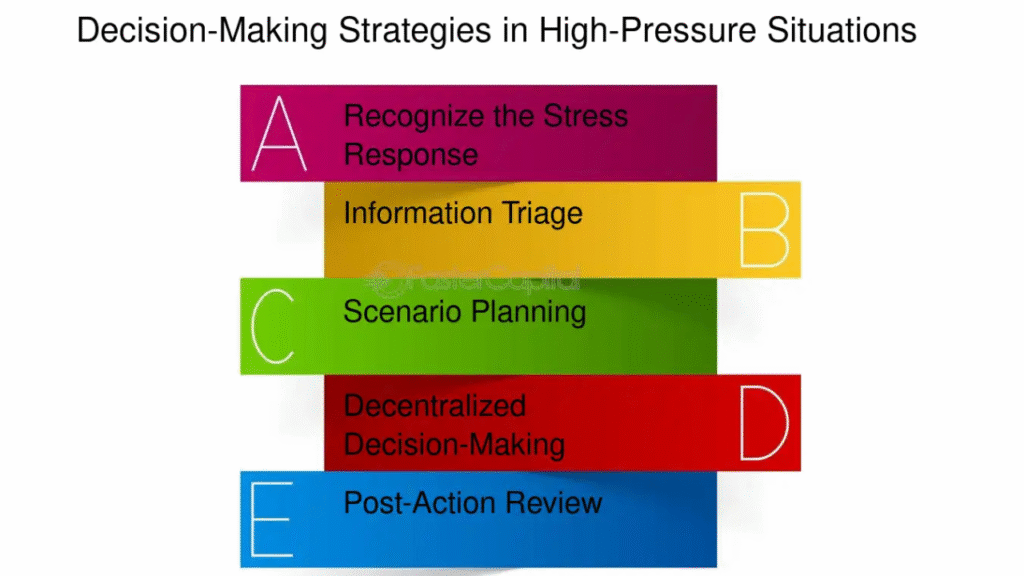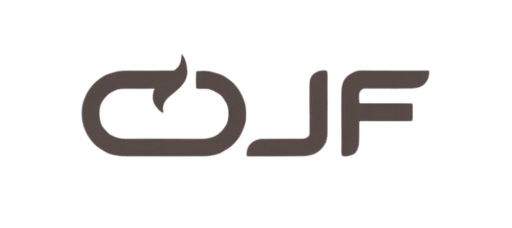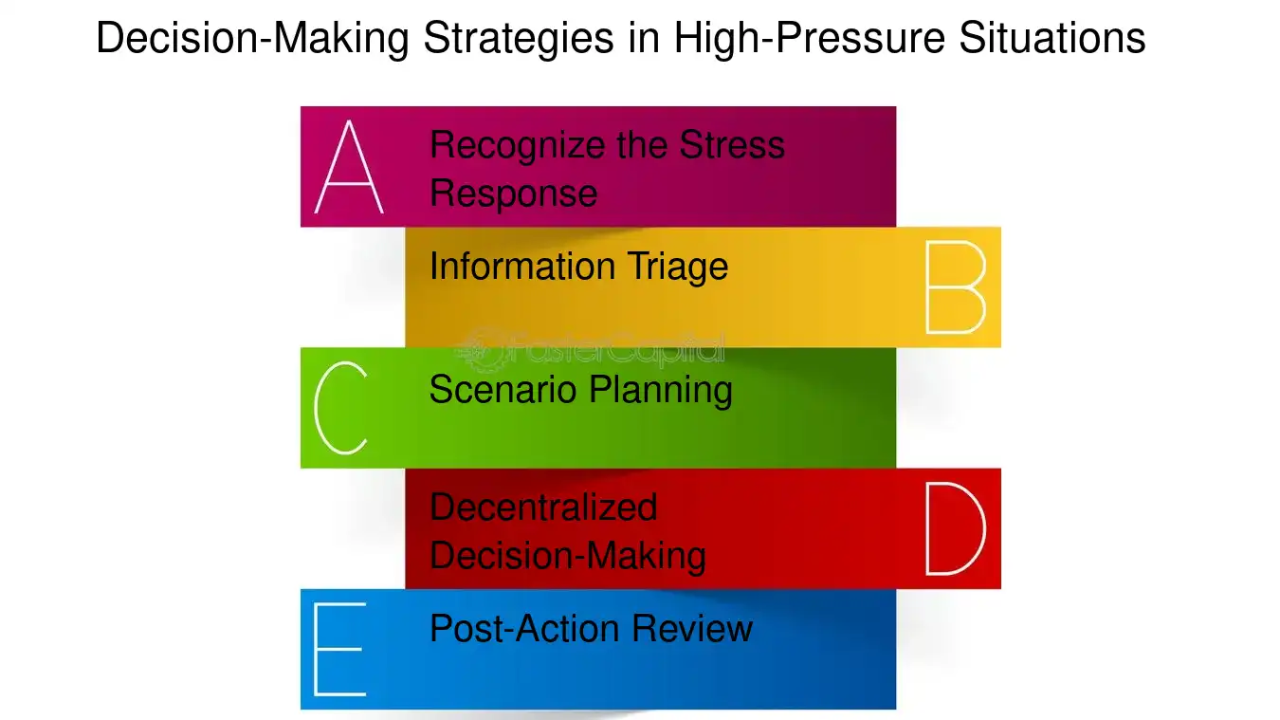
Crisis situations—be they political upheavals, public health emergencies, natural disasters, or mass protests—place extraordinary pressure on judicial systems. Judges, expected to remain neutral, rational, and grounded in law, often must make critical decisions quickly amid uncertainty, intense public scrutiny, and ethical complexity. “Crisis Management and Judicial Decision-Making under Pressure” explores how courts navigate these turbulent conditions, what strategies support sound judgment, and how crisis-tested leadership strengthens public trust in the judiciary.
The Nature of Judicial Decision-Making During Crises
Judicial decisions are traditionally based on evidence, precedent, and legal frameworks. But in crisis scenarios, additional factors emerge:
- Time pressure to issue rulings or injunctions
- Lack of complete information
- Public anxiety and political influence
- Potential life-or-death consequences
These high-pressure moments demand not just legal expertise, but leadership, resilience, and an acute awareness of social impact.
Core Principles That Must Guide Judges in a Crisis
- Independence – Judges must resist political or popular pressure.
- Clarity – Decisions should be written in language that promotes understanding and stability.
- Proportionality – Balancing rights and restrictions is vital, especially in emergencies.
- Legitimacy – Even urgent decisions must remain within constitutional boundaries.
- Transparency – Explaining the rationale behind a judgment builds trust.
Failure to uphold these principles can weaken judicial credibility or provoke legal backlash post-crisis.
Common Crisis Scenarios Faced by Judges
| Crisis Type | Judicial Challenges |
|---|---|
| Public Health Emergencies | Ruling on lockdowns, vaccine mandates, resource allocations |
| Political Unrest | Hearing election disputes, emergency powers, protest restrictions |
| Natural Disasters | Land use, emergency relief distribution, environmental litigation |
| Terrorism or Violence | Speedy trial decisions, civil liberties, security laws |
| Economic Collapse | Bankruptcy surges, labor disputes, housing evictions |
Each of these demands urgent and sometimes precedent-setting decisions.
The Psychological Pressure on Judges
Crisis conditions can compromise cognitive clarity. Judges may face:
- Emotional fatigue
- Decision paralysis due to high stakes
- Moral injury from controversial rulings
- Fear of professional backlash or public outrage
To mitigate these effects, judicial systems increasingly offer counseling, resilience workshops, and structured peer consultation during crises.
Institutional Tools for Crisis Management
- Judicial Crisis Protocols – Established procedures for emergency hearings and decisions.
- Virtual Courtrooms – Tech platforms to ensure access and continuity.
- Special Benches – Rapid deployment of experienced judges to high-priority cases.
- Communication Units – To handle public relations and clarify court orders.
- Post-Crisis Reviews – Assessments that ensure transparency and accountability after urgent rulings.
Having these tools in place helps avoid chaos and promotes legitimacy during fast-moving emergencies.
Leadership and Coordination in the Judiciary
During crises, chief justices or administrative heads often play a central role in:
- Setting court priorities (e.g., fast-tracking habeas corpus)
- Mobilizing human and digital resources
- Collaborating with executive agencies while maintaining independence
- Managing media narratives to safeguard public confidence
Strong leadership ensures that the entire judicial system acts in concert and not in confusion.
Balancing Law, Ethics, and Public Interest
Crises often reveal gaps in legal codes or present ethical dilemmas, such as:
- Should curfews override freedom of assembly?
- How do courts protect whistleblowers during political purges?
- Can judges force compliance with health mandates?
In such gray zones, judges must combine legal precision with ethical reasoning and a commitment to constitutional values.
Overview Table: Judicial Response in Crisis
| Focus Area | Key Takeaway |
|---|---|
| Decision Pressure | Speed must never compromise legal reasoning or fairness |
| Guiding Principles | Independence, clarity, and transparency safeguard the judiciary’s role |
| Key Scenarios | Emergencies from pandemics to political unrest test judicial capacity |
| Psychological Impact | Judges face stress and moral strain—support systems are vital |
| Institutional Support | Crisis protocols and leadership tools ensure orderly legal responses |
| Ethical Balancing | Courts must uphold rights while adapting law to emergency contexts |
Conclusion
In times of crisis, the public looks to the judiciary for stability, fairness, and moral clarity. While the courtroom may remain physically unchanged, the decisions made within it carry amplified significance during emergencies. The ability of judges to manage pressure, stay rooted in principle, and guide society through legal certainty defines the strength of any democracy in crisis. Judicial resilience isn’t optional—it’s essential.
Top 3 One-Line FAQs
1. What makes judicial decisions harder during a crisis?
High stakes, public pressure, and time constraints demand rapid yet principled rulings.
2. Do judges have special training for crisis response?
Many judicial academies now offer crisis management and resilience training modules.
3. Can court rulings during emergencies be reversed?
Yes—post-crisis reviews often reevaluate urgent decisions to align with constitutional norms.

